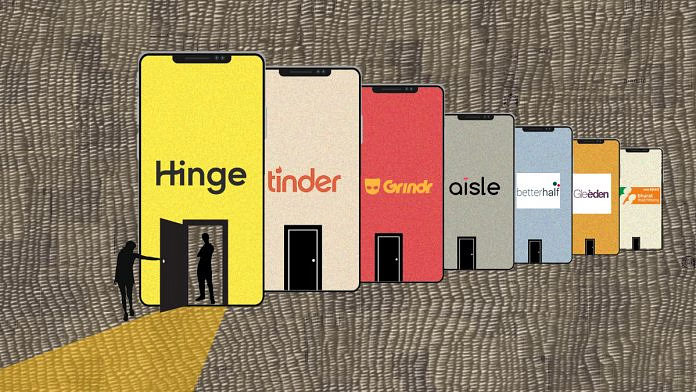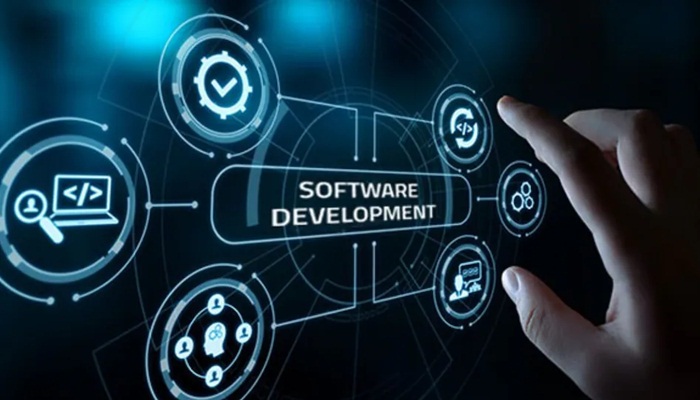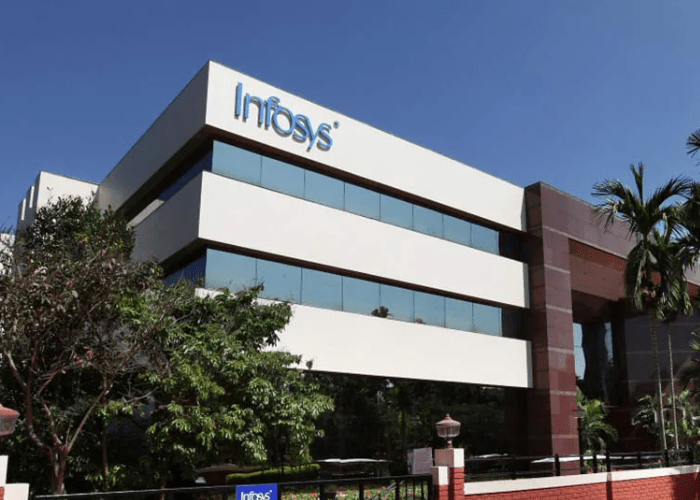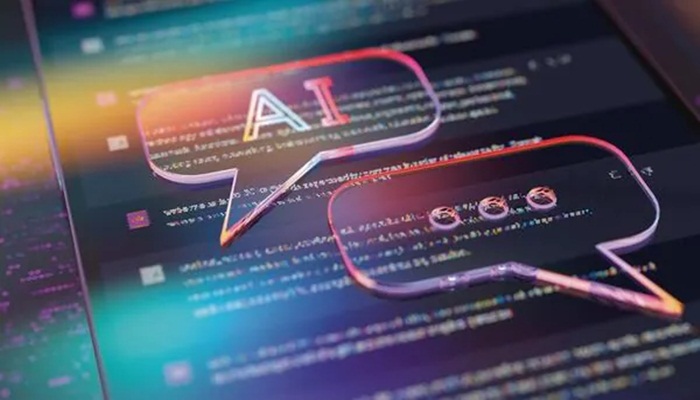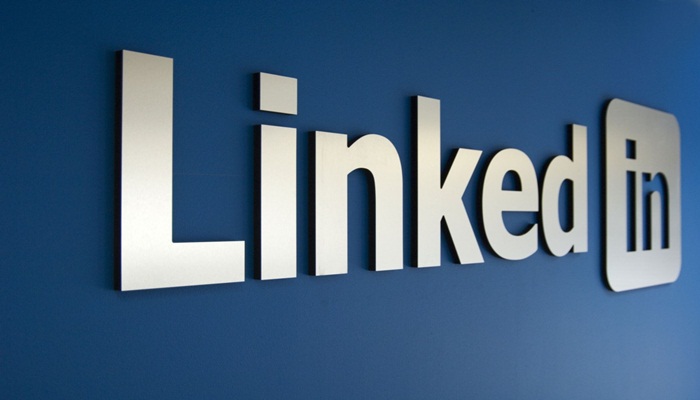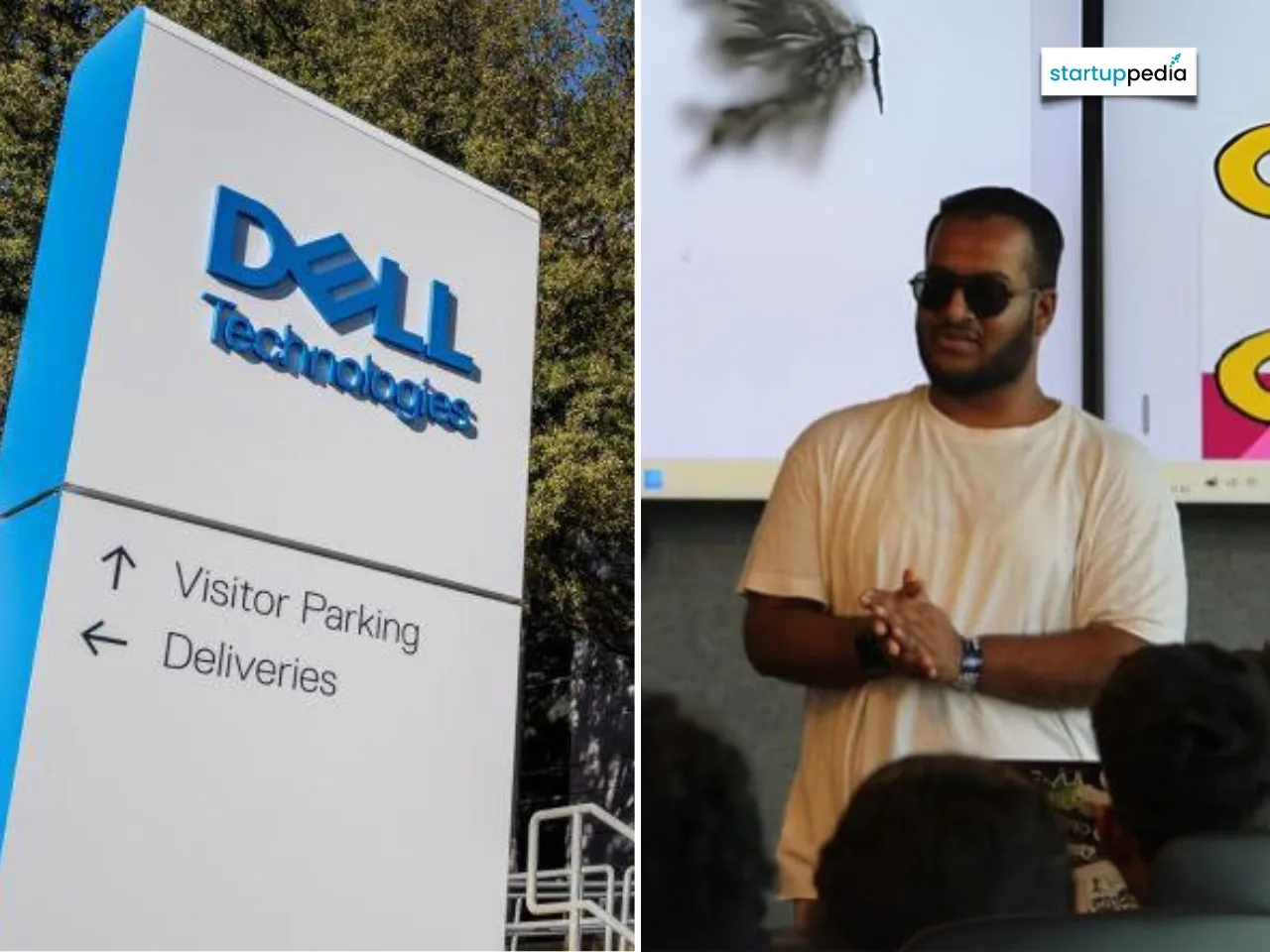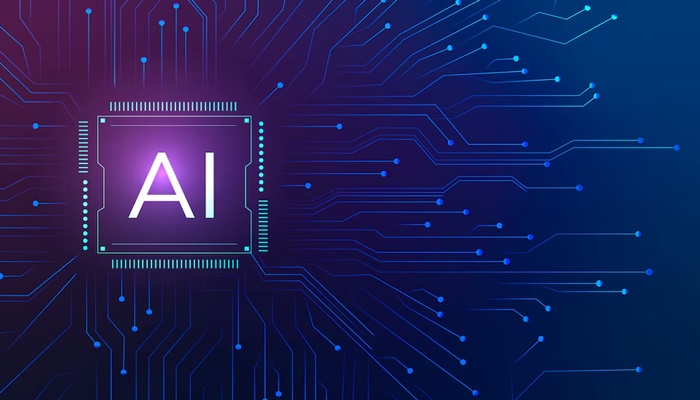We stand at a crossroads. Artificial intelligence is no longer a distant sci-fi concept—it’s here, reshaping industries and job functions at breakneck speed. In 2024, many leaders doubled down on their internal AI investments, with 64% ranking it as their primary focus for spending on innovation.
However, some HR leaders remain hesitant to fully embrace AI in their hiring processes. This is largely due to a lack of understanding. According to SHRM, 43% of HR professionals have little to no knowledge of AI and only 54% understand the basics. They hear about AI-powered filters, AI-driven scoring and AI-enhanced interviews—but they don’t know how to make these tools work for their specific needs.
Much of this reluctance stems from uncertainty and fear of the unknown. Could AI tools strip away the much-needed “human” side of HR? What many don’t realize is that AI can actually enhance the quality of human interactions in hiring. In my experience working with hundreds of organizations looking to improve their hiring processes, I’ve found that companies that embrace AI thoughtfully are able to build stronger candidate connections and boost efficiency across their recruiting funnel.
How To Incorporate AI Into Your Hiring Process
Hiring is ultimately about people. At the end of the day, that means getting to know real humans who bring great skills and relevant experience—even as you aim to improve HR efficiency.
Striking the right blend of technology and connection is also essential when building your public image. Prioritizing this balance can even strengthen your company culture, which nearly half of all workers say is a major factor in determining where they work (and how long they stay).
AI can optimize hiring in four key areas to create an effective and candidate-first experience:
1. Sourcing: Finding The Right Talent Faster
Sourcing is the first step in finding qualified candidates, but it’s traditionally time-consuming and resource-heavy. Businesses struggle to identify and engage the best candidates, navigate complex HR databases and deliver outreach that feels timely and professional.
AI tools can remove many of these roadblocks. With AI-powered filters, recruiters can quickly optimize the candidate search process—though be careful to use filters focused on specific job-relevant skills rather than factors that can introduce bias, like having a degree from a top 10 engineering school.
You’ll also want to be sure your AI models are trained with the right data. If your past hiring data is biased toward certain schools or career paths, your AI will replicate those patterns. Start by feeding AI a broader range of successful employee profiles to ensure it identifies diverse, high-potential candidates.
2. Screening: Evaluating Candidates Fairly And Efficiently
AI provides smarter, faster ways to evaluate applicants during the screening phase. This is great news in a world where top candidates only stick around for 10 days (on average) before looking elsewhere.
Job-relevant, AI-powered assessments are the best way to reduce bias in hiring while speeding up the process. Tools like AI-powered conversation simulations offer realistic, job-specific interview and role-play scenarios that identify top talent by evaluating candidates’ performance objectively—rather than through imperfect proxies of skills like resume keywords. The same principle applies to hiring for technical roles, where you can assess candidates’ skills in a realistic development environment that offers all the tools they would use on the job (even an AI coding assistant).
To avoid your AI-powered screening tools from going awry, you should regularly audit AI decisions. If AI disproportionately rejects certain demographic groups, adjust the weighting of your screening factors. You’ll also want to oversee AI with human validation. Instead of having AI automatically reject candidates, use it to prioritize applicants for human review. Recruiters should always have the final say.
3. Scheduling: Simplifying Logistics And Improving Communication
Scheduling interviews can be a logistical nightmare for busy hiring teams, but AI tools can reduce stress and inefficiencies.
To use these tools in a way that reduces headaches for your recruiters and your candidates, focus on using AI scheduling systems to sync to team calendars and accommodate candidate preferences. Features like batch scheduling and real-time availability checks will also save time for managers while reducing confusion for candidates, which helps them feel less flustered on big interview days.
At the same time, don’t neglect the importance of a human touch. AI can handle logistics, but recruiters should still send personalized outreach to ensure candidates feel valued throughout the process.
4. Interviewing: Enhancing Fairness And Objectivity
AI can improve the interview process by making interview standards more consistent, fair and candidate-forward. AI-driven interview scoring ensures candidates are evaluated against standardized criteria.
To set this up in a way that reliably identifies the most qualified candidates, start by identifying your evaluation criteria up front. These criteria should reflect the specific skills, behaviors and knowledge that matter for the job. Just like with AI screening tools, you’ll want to regularly audit the recommendations made by your AI to ensure it’s not favoring certain demographic groups or incorrectly measuring relevant skills.
Another helpful tool is AI-powered notetakers, which transcribe and summarize conversations. These free up your interviewers to stay more present in their conversations with candidates.
Making Hiring More Human With AI
The goal of AI in hiring isn’t to replace recruitment teams—it’s to amplify their ability to connect with candidates. By handling administrative tasks, reducing bias and improving decision-making, AI can help HR teams focus on building meaningful candidate relationships.
Just as people management platforms transformed HR in the past, AI is shaping the future of hiring. The right tools can help companies streamline recruitment without sacrificing the human element. By combining AI with a human-centered approach, organizations can create a hiring process that is not only more efficient but also more personal.


